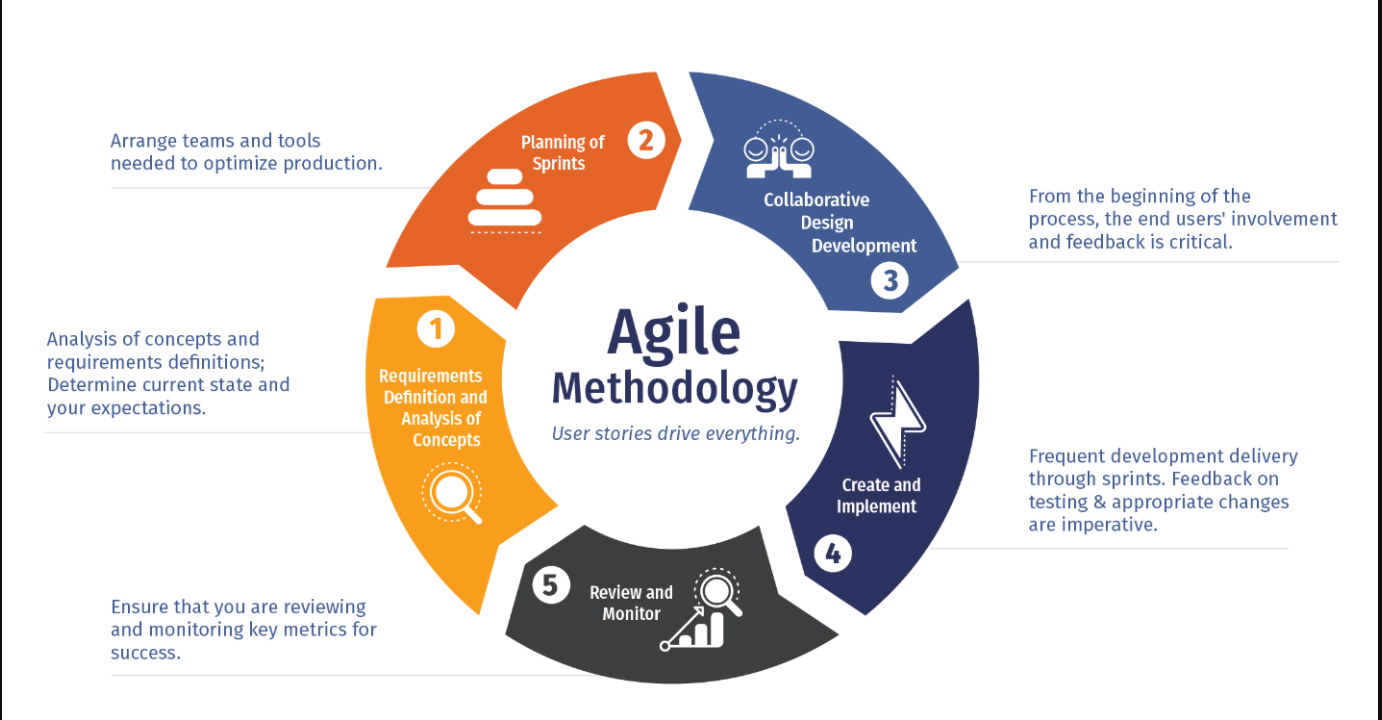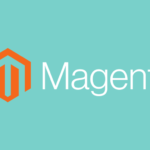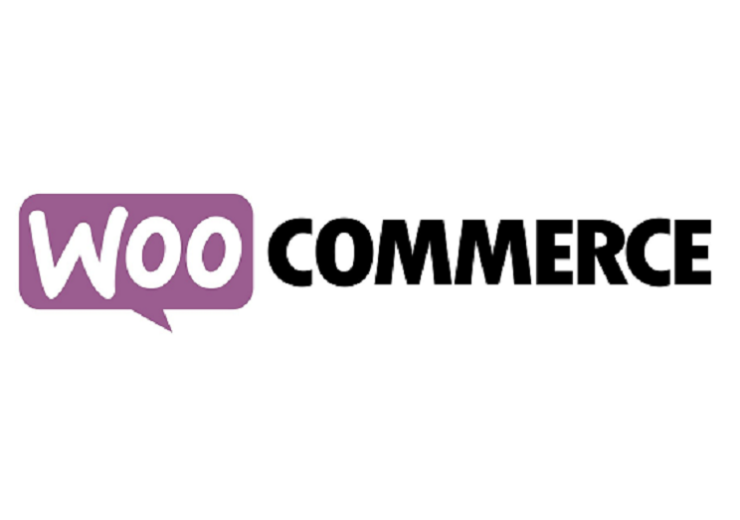What Are The Core Principles of Agile Methodology?

A QUICK OVERVIEW OF AGILE MANIFESTO
The major goal of the Agile Manifesto is to identify new ways to carry out the normal software development process. For some firms, the usual process might become overly cumbersome and unresponsive. The entire goal of their work is to provide more value to individuals while improving interactions with processes and tools.
Its authors’ intention is not to promote anti-methodology. Instead, they wished to “bring legitimacy to the term methodology.” As a result, they attempted to balance established methods of software agile development and some novel options. For example, they will accept modelling and documentation only if it is relevant to the project.
The inventors of this system think that planning is essential as well. However, because the strategy is intended to evolve and alter, flexibility should be built in for future changes.
FOUR VALUES OF AGILE
The following are the four basic values expressed by the Agile Manifesto or principles of agile methodology:
VALUE #1: INDIVIDUALS AND INTERACTIONS
Not long ago, the great majority of software teams were primarily concerned with using the finest methods and technologies to create their software. However, the tech industry is continuing to improve. Although the technical aspects of the process are crucial, the Agile Manifesto indicates that the people who support the process are more vital.
This value contends that successful software development would be impossible without collaborating with a team of software developers. And, with that in mind, team collaboration should be prioritized. Members that communicate well with one another and work toward a single objective can solve difficulties more successfully. In this instance, good communication means the best software.
VALUE #2: WORKING SOFTWARE
It was not uncommon for software developers to spend years developing thorough documentation in the past. All of this was happening before they had even written a single line of code. Although documentation isn’t bad, teams should ultimately focus on the process and provide high-quality, functional software to clients. In this key concept, the Agile Manifesto emphasizes the significance of being customer-centric. Expect some adjustments and revisions after you’ve delivered the finished work to the client and use them to improve.
VALUE #3: CUSTOMER COLLABORATION
Historically, the contract was the most significant part of project development. You would draught a detailed contract with your customer, outlining all of the ultimate product’s specifications. However, as you might expect, there was a significant disparity between what the developers developed, what the contract stated, and what the customer truly required.
Instead of using this outmoded strategy, you should concentrate on the continuous improvement of your product. This is why it is critical to collaborate with your customer to offer their desired end product.
VALUE #4: RESPONDING TO CHANGE
Although not all changes will be helpful, like in software development, maintaining the status quo does not encourage advancement. It also does not force you to leave your comfort zone. Clients will continue to seek modifications and revisions until you have created the product they want. This is why, according to the Agile Manifesto, software teams should always be able to modify the course of their work as needed.
THE 12 PRINCIPLES OF AGILE MANIFESTO
Aside from the core principles, there are 12 principles of agile methodology:
- Deliver your working software frequently.
- One of the highest priorities for you as a developer is ensuring customer satisfaction through early and continuous delivery.
- Clients and developers must collaborate on a daily basis, if necessary, throughout the project.
- Even in the late stages of development, changes are usually beneficial.
- Build your projects with people who are passionate about what they are doing. Ascertain that they have the resources necessary to manage their time and productivity.
- Reducing the volume of work every day is essential.
- The best possible method for conveying information within a development team is through face-to-face conversation.
- The true measure of progress is how good your software works.
- Agile processes are focused on sustainable development.
- The team’s effectiveness depends exclusively on them.
- Paying continuous attention to technical excellence and design improves agility.
- The best designs, requirements, and architects come from self-organized teams.
Conclusion:
The primary aim of the Agile approach is the commitment to develop software incrementally, in a step-by-step procedure. Although many businesses have already adopted Agile, following the trend is unlikely to benefit you until you completely understand how it operates.
Before transitioning from one development process to Agile, be sure you understand the fundamentals. Consider the ramifications and how you intend to incorporate it into your team’s broader strategy. Reading the Agile Manifesto, which covers four basic ideals and twelve additional principles, is a wonderful place to start.




